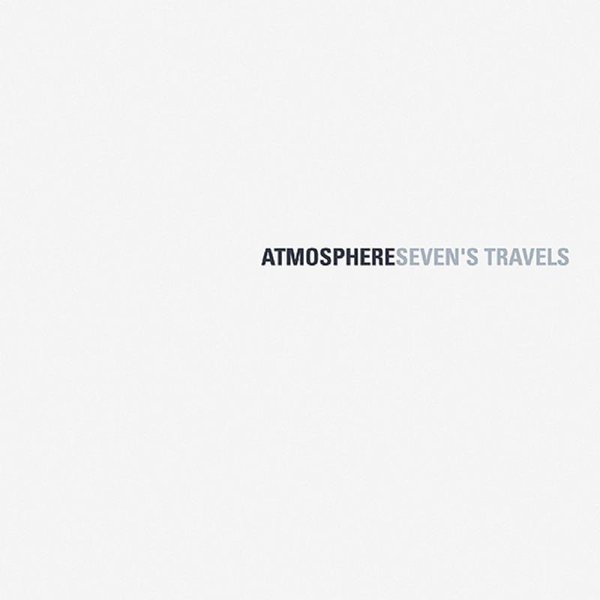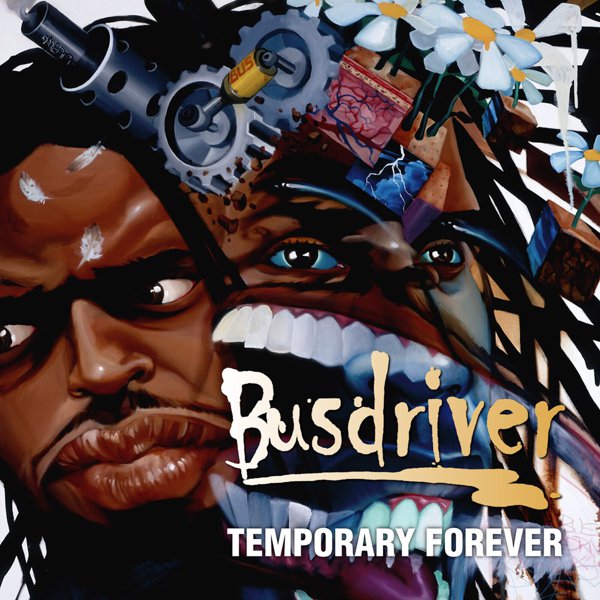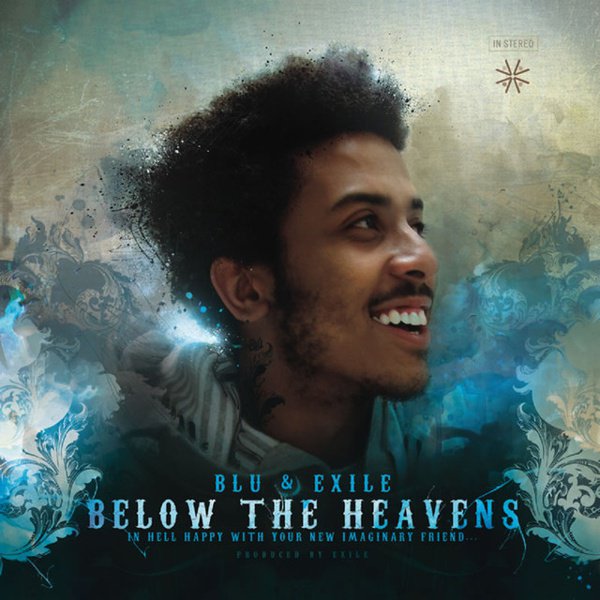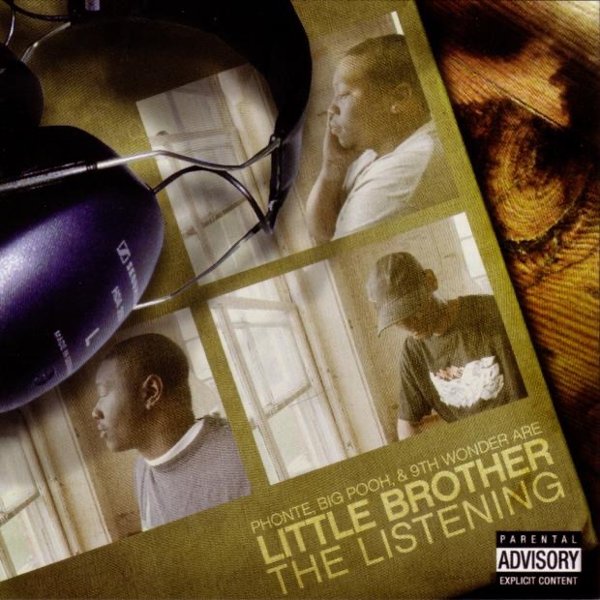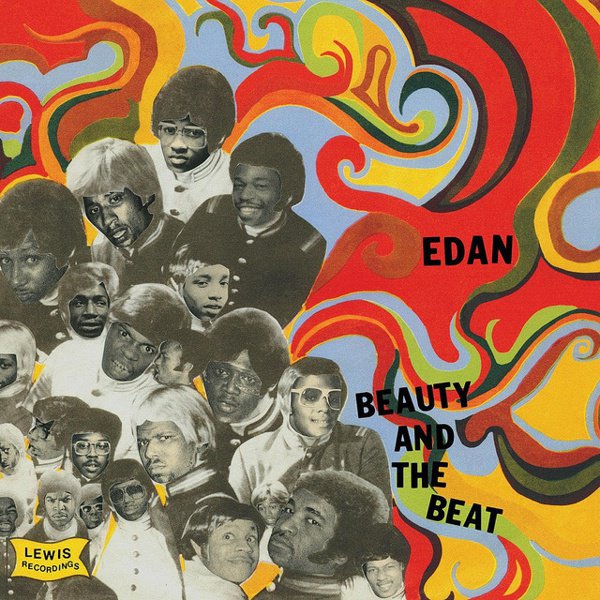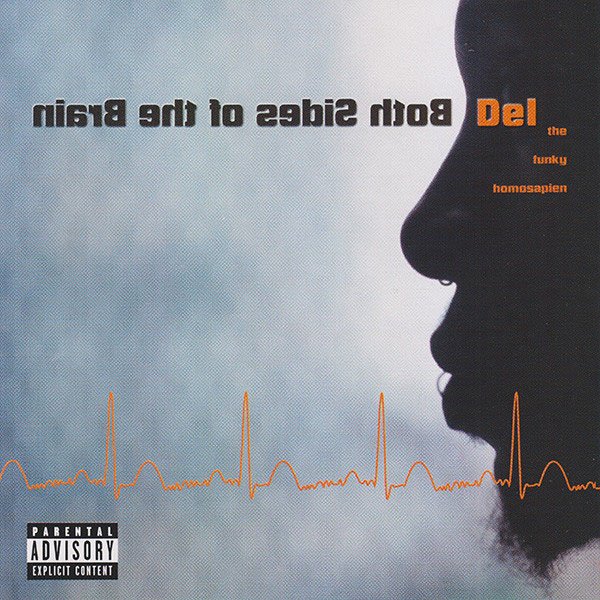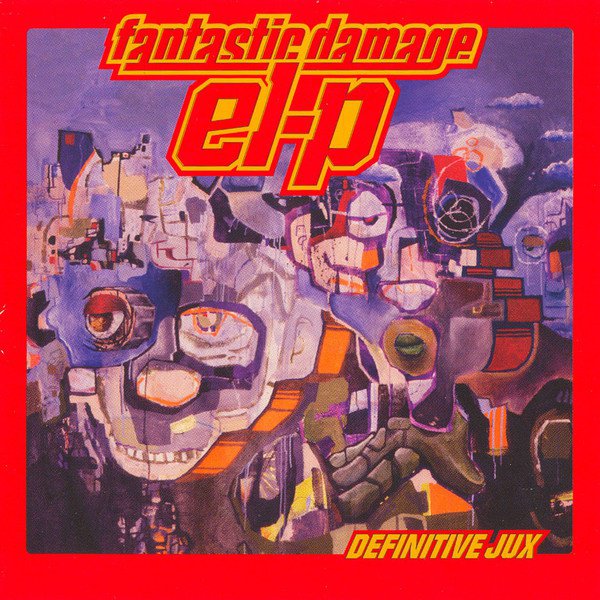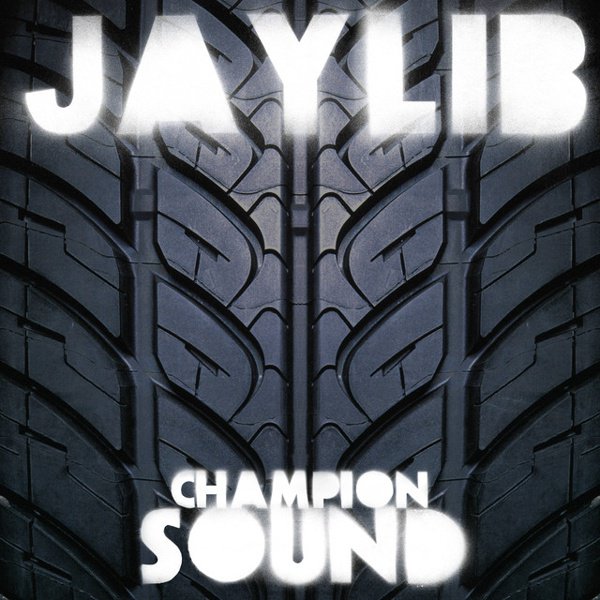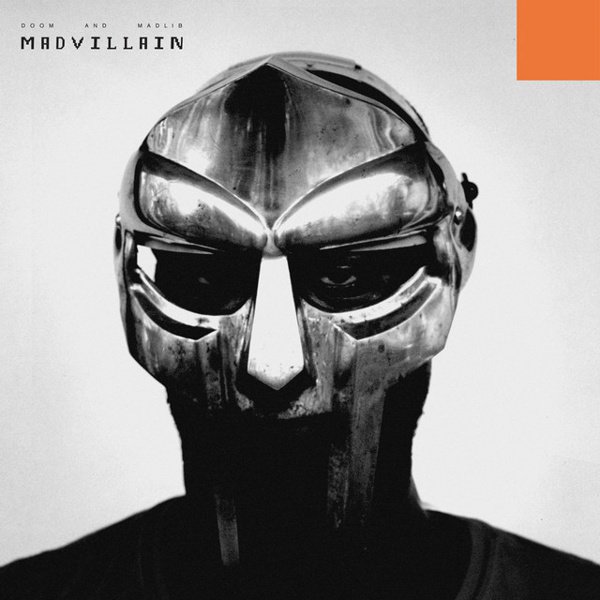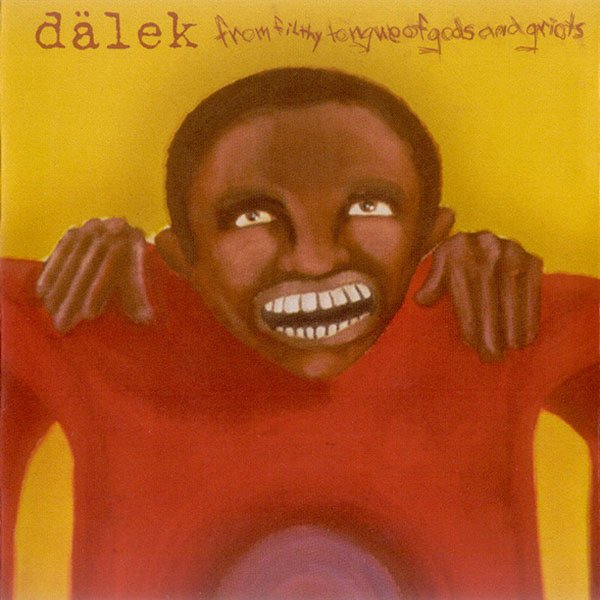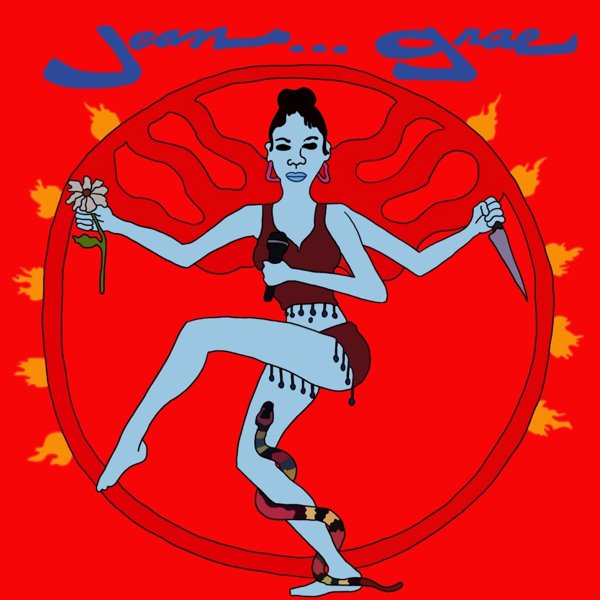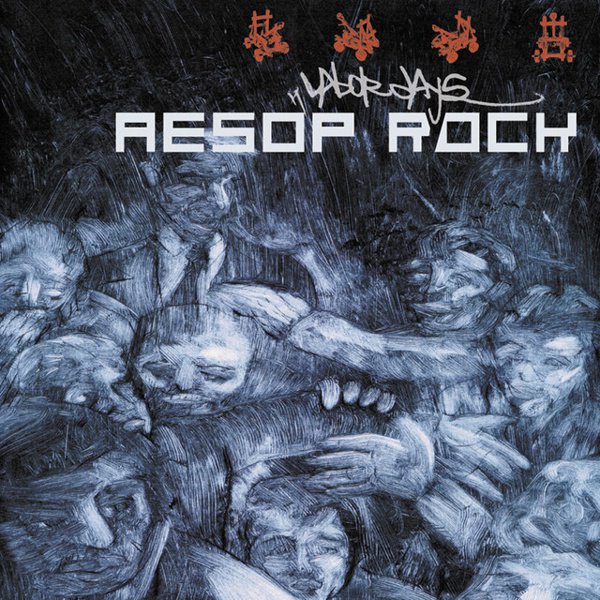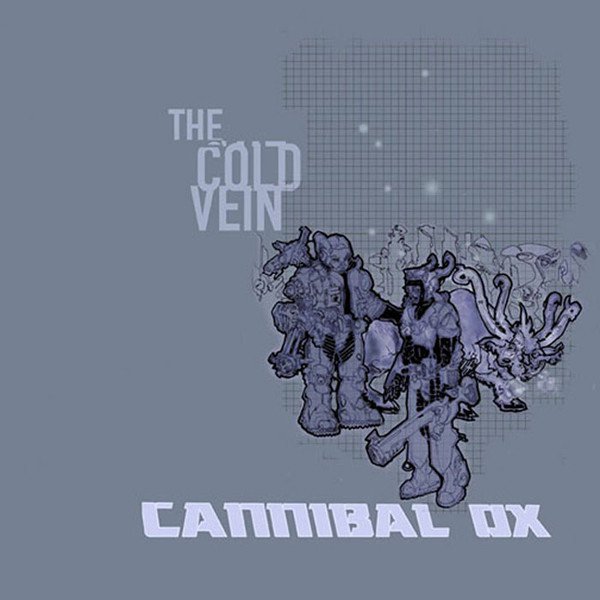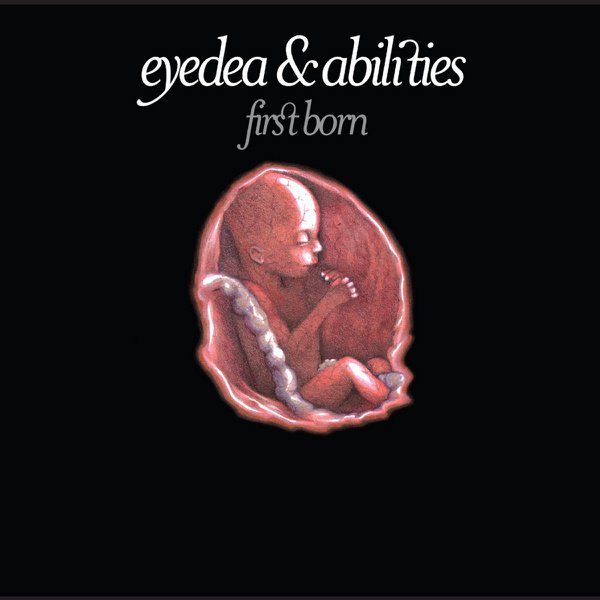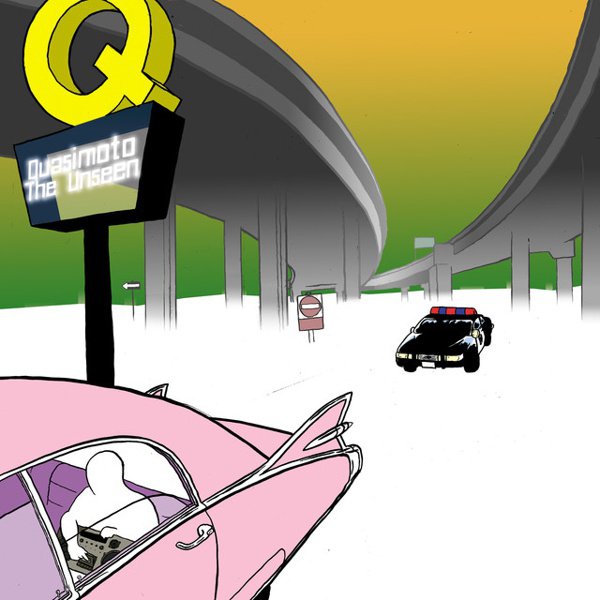The idea of battling for stylistic supremacy was so core to hip-hop that it would spread to envelop the entire perception of the art form itself. And if that struggle dominated the conversation in the ’90s — the divide between commercial appeal and artistic integrity — the way things fell in the following decade seemed to cement that conflict as irreconcilable. When 2000s heads held forth about what constituted “real hip-hop” — usually on heated messageboard conversations — they sometimes made allowances for peak mogul-era Jay-Z, more often stumped for his hyperlyrical rival Nas, but inevitably gravitated to places further underground. There, they wouldn’t have to contend with younger-skewing and more club-friendly phenomena like crunk, snap, “ringtone rap,” or whatever revolving-villain mainstream trend was irritating them the most at any given moment — instead, they could tie themselves to both local scenes and national trends that continued to focus on updated refinements of traditional golden era-steeped boom-bap — at least, when they weren’t in the midst of creating something too unprecedentedly strange to either be mainstream or a throwback. Things got further complicated when “indie rap” started to become even more of an aesthetic signifier than a commercial one — that it meant retro-’88 revivalists and verbal-hemorrhage eccentrics more than it did someone selling gangsta rap CDs out of his trunk.
Meanwhile, the same critical tastemakers who tended to champion indie esoterica in the rock world appeared to reject it in hip-hop, or at least belittle it for not appealing to some vaguely defined and culturally condescending notion of “the streets.” Of all the albums on this list, only the 2004 MF DOOM/Madlib teamup Madvillainy got more votes in its release year’s Pazz & Jop critics poll (875 points from 86 voters, #11) than 50 Cent’s gangsta-platinum Get Rich or Die Tryin’ did in 2003 (560/57; #15) or Clipse’s coke-appeal Hell Hath No Fury in ’06 (673/63; #7). Most of them didn’t rank at all. It was like the skepticism of the ’90s aimed at emerging individual bohemian groups like De La Soul or PM Dawn had calcified into an enforcement of cultural strata: who are these weirdos and what makes them think anyone wants to listen to their flowery bullshit?
This was the kind of context where an early-career Kanye West could call himself “first n—-a with a Benz and a backpack” and make it sound like an unfathomable crossover — or where Nas could release an album titled Hip-Hop Is Dead and get a lot of people to agree with him. This status anxiety permeated underground hip-hop to such an unavoidable level that it became a primary knock against it — that the avant-garde resenting the mainstream was an act of snobbery, an unforgivable sin during the first big critical reckoning with “poptimism” in the early ’00s. It didn’t help that these nuance-free examinations of the form were abetted by a fractured internet and the rapidity with which it turned strident new ideas into received wisdom, and then into cliche. Jeremiads against “guns, bitches, and bling” became so memetic that even British novelty act Dan Le Sac and Scroobius Pip invoked it with all the vigor of an applause line in their sledgehammer-trenchant 2007 hit “Thou Shalt Always Kill.”
And when Kanye’s artsy Graduation beat 50 Cent’s street-rap Curtis on the charts in 2007, indie rap’s rep in the wider music community wasn’t even lifted by that rising tide — there were too many unresolved arguments, too many struggling labels, and too many post-Napster / pre-streaming online business models that couldn’t sustain themselves. A few labels were hitting a stride that would carry them for decades — Stones Throw and Rhymesayers persist to this day — but there were just as many signs that things were getting precarious. Fondle ‘Em closed down in November 2001, even as MF DOOM’s Operation: Doomsday was well on its way to entering the classic hip-hop canon. El-P’s Definitive Jux, which released a few must-hear future classics every year starting in 2001, would define the decade but shuttered two months into the ’10s; Bay Area mainstay Quannum-nee-Solesides soldiered on for a couple more years and dropped some low-key gems but never quite recaptured its circa-’99 rush of renewed promise and mostly exists as a reissue label these days. And those were just the “pure” indies; the labels and artists that got swept up into the orbit of MCA when they went all-in on alt-rap early in the decade — from individual acts like Blackalicious to entire empire-potential brands like Rawkus — were left high and dry by mid-decade when the label collapsed and was absorbed into Geffen in ’03. If this list feels like it’s front-loaded towards the first half of the decade, well, that’s just how things felt as the ground started to fall out from beneath the record business’s feet.
But let’s not get cynical here: if it might’ve seemed like a fraught time for underground hip-hop, it was also an incredibly important one, where a lack of mainstream consensus and an internet-amplified stratification of scenes and subgenres just meant that a lot of artists freed themselves even further from the compromises needed for a mass audience. This is the kind of context where you could get as esoteric as the roster of an experimental-minded label like Anticon (who are unrepresented here largely because they’re basically the indie rap of indie rap, a class of their own worthy of a reassessment in itself) or as traditional as Jurassic 5 (who got tagged as retro-old-school cornballs but made the major-label leap to Interscope regardless). And now that the two-decades-old identity crises and battles for the soul of Real Hip-Hop feel fairly irrelevant if still not entirely resolved today, we can hear these albums for what they were: diamonds made under pressure, a wildly creative phase for the music that sacrificed the possibility of fame and fortune just to open the door for a new generation. But that’s how it should work: the longer time goes on, the further above ground these once-underground albums actually sound.

